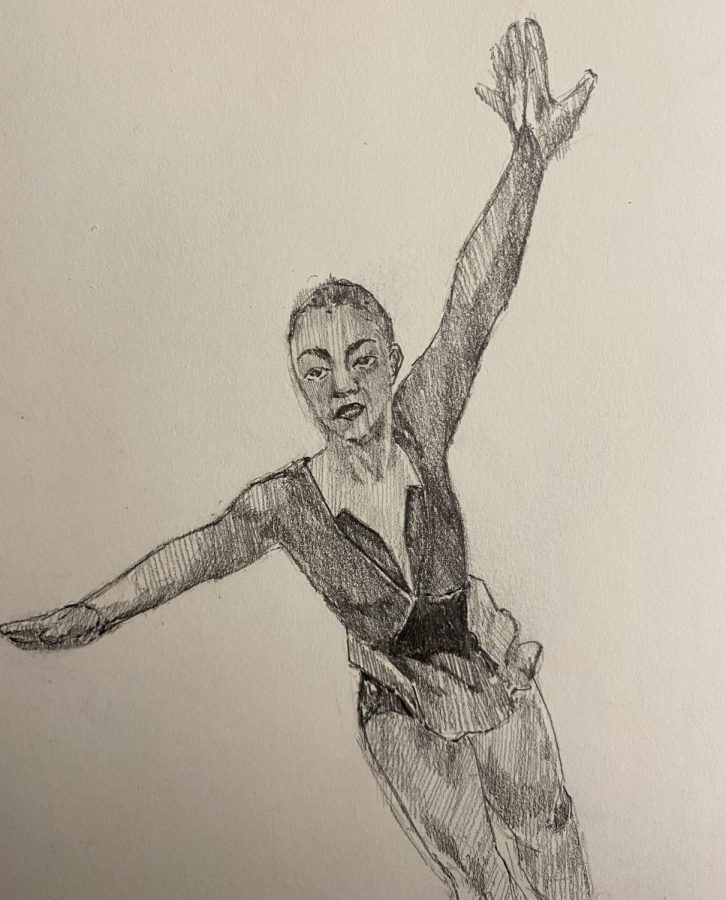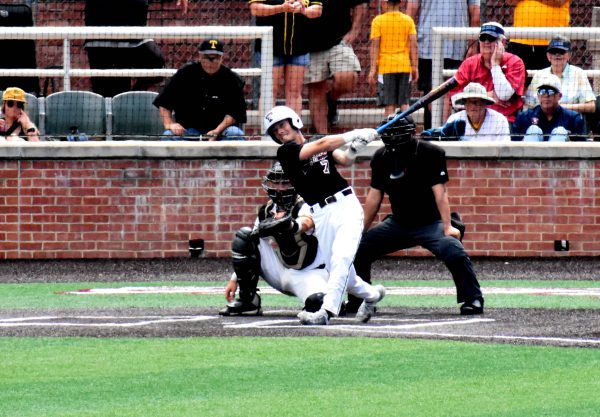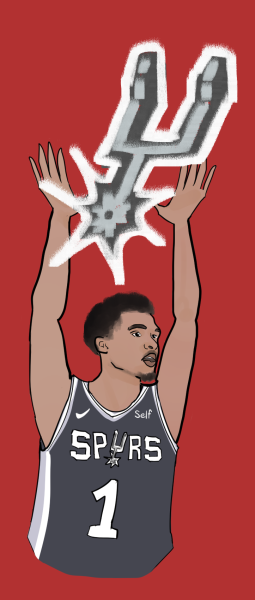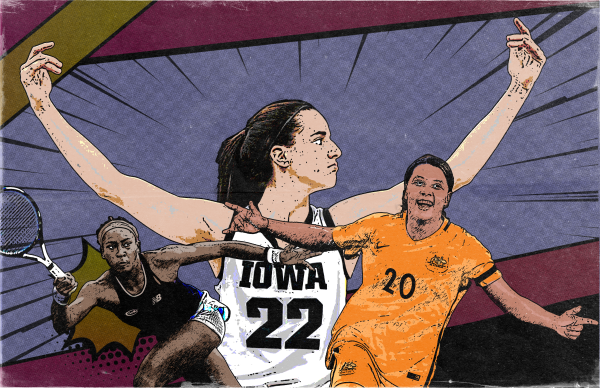Euphoria on ice: 15-year-old Kamila Valieva competes amidst doping scandal
Olympic doping scandal highlights troubling trends in women’s figure skating
Monday, Feb. 15, after a hearing held by the Court of Arbitration for Sport (CAS), it was announced that Kamila Valieva would be allowed to compete in the women’s singles skating competition after the 15-year-old skater failed a pre-Olympics doping test.
Although Valieva was able to take to the ice, the International Olympic Council (IOC) determined that no medals would be awarded for the team skate—in which Valieva’s two quads were instrumental in winning for the Russian Olympic Council (ROC)— until after a further investigation by the Russian Anti-Doping Agency (RUSADA) and the World Anti-Doping Agency (WADA). If Valieva had podiumed in the women’s singles skate, the awards ceremony also would have been delayed.
This decision has incited much criticism on the grounds that it ruins the games for clean skaters who are competing fairly. Especially as many Americans still remember the sting of sprinter Sha’Carri Richardson being suspended for a month and barred from participating in the 2020 Summer Olympics after testing positive for THC during the qualifiers.
Richardson herself has commented on the difference in how the two situations were handled in a tweet:
“Can we get a solid answer on the difference of her situation and mines? My mother died and I can’t run and was also favored to place top 3. The only difference I see is I’m a black young lady,” Richardson wrote.
The two situations are incredibly similar, except for four key differences. The first being race and the second being timeline. Richardson’s failed drug test was processed quickly and her month-long suspension began eight days after the U.S. Olympic qualifiers.
In contrast, Valieva’s returned positive for trimetazidine on Dec. 25 during the Russian Figure Skating Championships—which Valieva won. Her drug test was not announced until Feb. 8 after Valieva made history by being the first woman to land a quad in the Olympics and lead the ROC team skate to victory.
This delay in drug results is an outlier, as most anti-doping test results are processed within seven to ten days. In short, had Valieva’s drug test been processed in a timely manner, we would not be having this conversation at all.
However, the ROC’s argument is that Valieva has not used any substances during her time at the Olympics and won her medal fair and square. According to a statement by the ROC, Valieva has repeatedly turned up negative results on anti-doping tests taken in Beijing.
“The doping test of an athlete who tested positive does not apply to the period of the Olympic Games. At the same time, the athlete repeatedly passed doping tests before and after Dec. 25, 2021, including while already in Beijing during the figure skating tournament. All the results are negative,” stated the ROC.
This is why neither CAS nor the IOC has yet determined whether or not Valieva broke the code set by WADA. The ruling that allowed Valieva to compete does not mean that the skater is out of the woods, as she could still be found responsible for violating WADA rules and the ROC could be stripped of the team skate medal.
The third difference between Valieva and Richardson is age. Richardson is 21 years old. Valieva is 15, and therefore considered a protected person by WADA because she is younger than 16-years-old. As a protected person, Valieva would be subject to lighter penalties and most likely would have been exempt from public disclosure regulations if journalists Duncan Mackay and Michael Pavitt hadn’t broken the story.
There is one fourth and final difference between the two athletes that has nothing to do with anti-doping regulations. The difference is as follows: Richardson has plans to compete in the 2024 Olympic games, but regardless of whether Valieva is found to be guilty or innocent we will probably not see her compete in 2026.
For anyone unfamiliar with women’s figure skating, this may be surprising. Valieva is arguably the best women’s skater in the world at the moment, and she’s only 15. Her performance in the team event will be a moment that people are still talking about 100 years from now. Yet, it is almost certain that Valieva will no longer be competing by the next Olympic cycle.
In recent history, there has been a high turnover rate in female figure skating. At the professional level, female figure skaters may compete in the senior division for a season or two before they are replaced by younger skaters. As a result, the majority of female figure skaters are teenagers with very short careers.
Contrast that with male figure skaters like Nathan Chen—who is 22 and has competed in two Olympic cycles—or Yuzuru Hanyu—the 27-year-old Japanese skater who had his senior debut in the 2010-11 season and has competed in three Olympic cycles.
This discrepancy between men’s and women’s figure skating has developed over the course of the last decade as more and more skaters have gained the ability to land quads. If you want to be competitive, you have to be able to land a quad jump.
The problem is it seems physically impossible for adult women to land a quad jump. The oldest woman to achieve a quad jump was only 19 years old. As a result, teenagers have come to dominate women’s figure skating. If you can’t land a quad, there is a younger skater who can.
The turnover rate is especially high in Russia where skating is so competitive that elite schools teach triple-jumps—an element that is used at an Olympic level—to skaters as young as 5 and 6 years old. There is a new generation of Russian skaters ready to replace the “old” every single year.
Valieva’s coach, Eteri Tutberidze, in particular, has a reputation in the skating world for turning young teenage skaters into quad superstars. Tutberidze has also faced allegations of encouraging eating disorders and using hormone blockers to delay puberty in skaters in order to prolong ‘peak performance.’
By 2026, Valieva will be 19 years old. Even if she is still able to land a quad at that age, she will almost certainly have been replaced by the next generation of shiny, young quad jumpers.
The discarding of female skaters in the wake of the quad revolution is indicative of a new skating culture that undervalues and mistreats female athletes. Valieva herself is a case study of the culture’s detrimental effects.
If you were a kid and only had a few short years to make your mark, wouldn’t you listen to the advice of a coach who regularly turns skaters into champions? Even if that meant taking performance-enhancing drugs?
At 15 years old, Kamila Valieva has cemented her legacy. Her historic double-quad performance will always be tainted by scandal.

My name is Alejandra, and I'm a senior majoring in Neuroscience. I initially joined the Trinitonian as a first-year and worked my way up from a Sports...
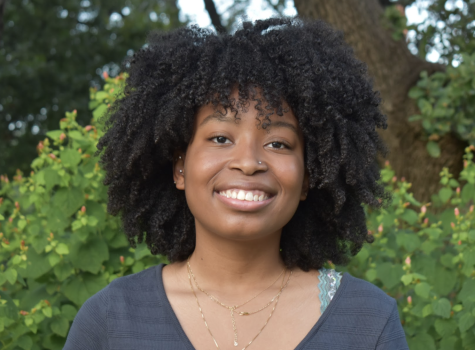
Hi, my name is Jaida and I am an illustrator for the Trinitonian. I am double majoring in international studies and art and I started working for the trinitonian...

